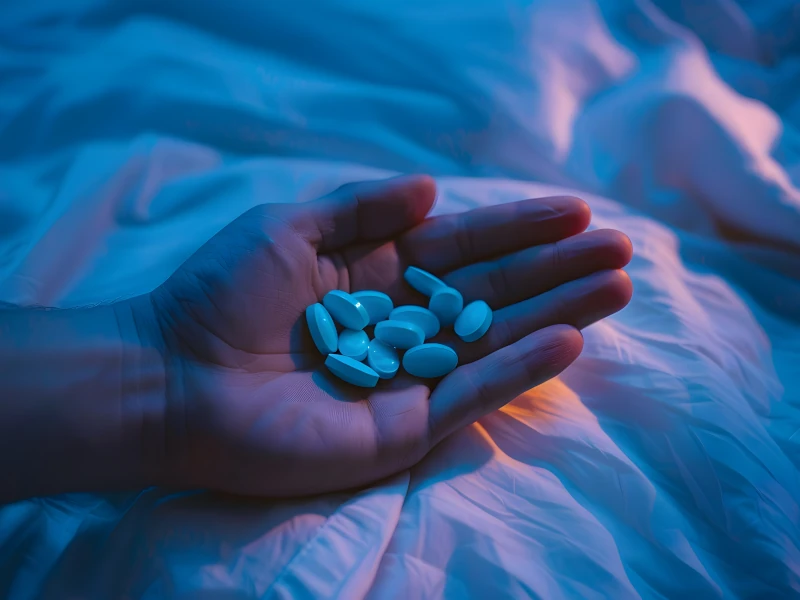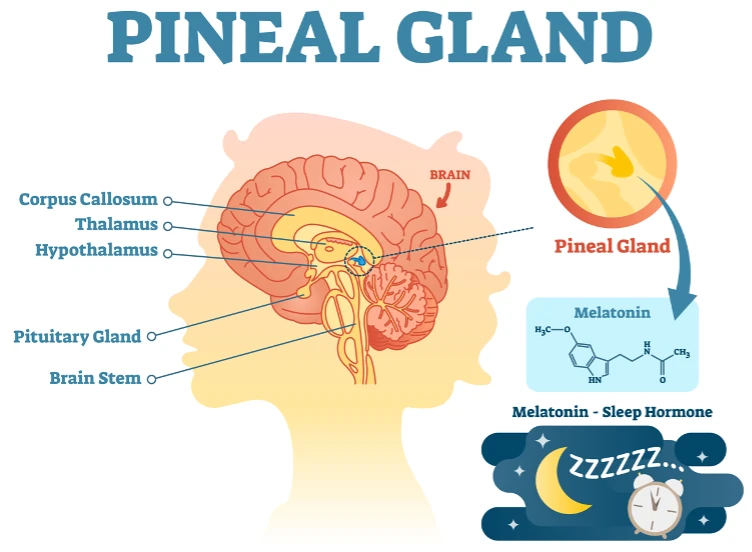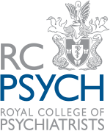Melatonin is commonly known as the body’s natural sleep hormone and plays a central role in regulating circadian rhythms, which control the natural cycle of sleep and wakefulness. These rhythms help align the body’s internal processes with the external environment. Disruption to this system can lead to difficulties falling or staying asleep. With more people facing sleep problems due to lifestyle changes, shift work, or excessive screen exposure, interest in melatonin and its role in sleep regulation is increasing.
Melatonin supplements are widely used in the USA, where melatonin is available over the counter. In 2020, US sales of melatonin exceeded $820 million. The use of melatonin is rapidly increasing, and the melatonin Gummies market has been forecasted to grow to $3.7 billion by 2035.
In the UK, melatonin is classified as a prescription only medicine. This means it cannot be purchased over-the-counter. Similarly, in some European countries, including Germany, France and Switzerland, melatonin is available only by prescription. In Japan, melatonin is not available over-the-counter, or by prescription.
Despite its growing popularity, melatonin supplements are often used without a clear understanding of how this hormone works. This article explains what melatonin is, how it works in the body, and its role in supporting healthy sleep.
What is melatonin?
Melatonin is a hormone that is naturally produced by the pineal gland, a small structure deep within the brain. It is classified as a neurohormone because it is released by nerve tissue and affects the function of other cells and systems. Melatonin production is closely linked to light exposure, increasing in darkness and decreasing in bright light. This relationship with light helps to regulate the body’s internal clock and prepares the body for sleep.
Often called the sleep hormone, melatonin does not induce sleep directly but signals to the body that it is time to rest. This name reflects its role in promoting drowsiness and helping the body prepare for sleep. So, a simple answer to the question ‘what is melatonin’ is that it is a natural hormone produced by the brain, which helps to regulate the sleep-wake cycle and signals when it is time to sleep.
In addition to being produced naturally in the body, melatonin is also available as a synthetic supplement. These supplements are often used to manage sleep disorders or disruptions such as jet lag, irregular work hours, or insomnia. The natural and supplement forms of melatonin are chemically similar, but their use and effects can vary, as discussed in later sections.
When and how is melatonin released?
Melatonin production follows a daily rhythm that is directly linked to the cycle of light and darkness. This cycle is governed by a region of the brain called the suprachiasmatic nucleus (SCN), located in the hypothalamus. The SCN acts as the body’s master clock and receives information about environmental light through the eyes.
So, when is melatonin released? Melatonin levels begin to rise in the evening, typically around two hours before bedtime. They reach their peak during the night and then fall in the early morning as daylight returns. This daily rhythm encourages sleep at night and wakefulness during the day. To understand how melatonin works, it is helpful to consider its role as a signal. Melatonin does not directly cause sleep but acts as a messenger, letting the body know that it is time to start winding down. Its release is influenced by environmental light, which is why exposure to artificial lighting and screens in the evening can delay melatonin release and disrupt sleep patterns.
How does melatonin work in the body?
When melatonin is released into the bloodstream, it binds to specific receptors in the brain and other parts of the body. These receptors, known as MT1 and MT2, help to regulate the timing of sleep and maintain the body’s natural rhythm. This process is central to how melatonin works in promoting sleep and supporting consistent rest.
What does melatonin do exactly? It prepares the body for sleep by lowering core body temperature, reducing mental alertness, and increasing feelings of drowsiness. By reinforcing circadian rhythms, melatonin helps to regulate not only sleep but also other processes that follow a daily cycle, such as hormone release, digestion, and body temperature. In addition to sleep, melatonin may have broader effects on health. It has antioxidant properties and may support immune function, mood regulation, and metabolic balance. However, while these areas are promising, the strongest scientific support still lies in its role in sleep regulation.
Melatonin’s effectiveness depends largely on timing. Taking melatonin at the wrong time can interfere with rather than support the sleep-wake cycle. That is why professional advice is recommended when using melatonin supplements.
Melatonin benefits and clinical use
Melatonin is widely used to treat sleep disturbances and has shown benefits in a range of clinical scenarios. It is especially recognised for its role in managing sleep disorders caused by a misaligned body’s internal clock. It can be effective in cases of insomnia, particularly among older adults whose natural melatonin levels may have declined with age. It is also used to help individuals with delayed sleep phase disorder, where a person’s sleep and wake times are significantly later than normal. People with shift work disorder, whose jobs require them to sleep during the day, may also benefit from melatonin. Additionally, it can assist in reducing the effects of jet lag by helping the body adjust to a new time zone more quickly.
Does melatonin help you sleep? In many cases, yes. It is particularly helpful when sleep problems are caused by disrupted circadian rhythms. Unlike sleeping tablets, melatonin does not sedate but works with the body’s natural processes to restore normal sleep timing. Melatonin has also been used in children, particularly those with developmental or neurological conditions such as autism or ADHD, where sleep problems are common. It is also used in older adults and people with neurodegenerative conditions such as Alzheimer’s disease.
It is important to distinguish between endogenous melatonin (produced by the body) and melatonin supplements. While supplements can help in certain situations, they should not be seen as a substitute for addressing the underlying causes of poor sleep. Clinical guidance ensures they are used safely and effectively.
Melatonin, lifestyle and sleep hygiene
Lifestyle factors have a powerful influence on natural melatonin production. Exposure to bright lights, especially from screens, can delay melatonin release. This is because the brain interprets light as a sign that it is still daytime, suppressing the signal that it is time to sleep. Other habits, such as late caffeine consumption, irregular sleep times, and stress, can also interfere with the body’s internal clock. Poor sleep hygiene can lead to a vicious cycle of difficulty falling asleep, feeling tired during the day, and relying on stimulants that further disrupt melatonin rhythms.
Maintaining natural melatonin levels through good sleep habits is important, and small lifestyle changes can make a significant difference. Reducing screen time in the evening, dimming lights as bedtime approaches, maintaining a consistent sleep schedule, avoiding caffeine late in the day, and creating a calm, dark, and quiet bedroom environment all help to promote the body’s natural sleep rhythm. While melatonin supplements can be useful in certain situations, they should be considered part of a broader strategy to improve sleep, not a substitute for healthy habits.
Is melatonin right for you?
Melatonin is a key hormone involved in the regulation of sleep. Understanding what melatonin is, how it works, and its role in supporting healthy sleep can help individuals make informed decisions. For some, melatonin supplements may be useful when taken at the right time and with appropriate guidance. However, sleep problems are often complex and require a broader assessment. If you have persistent difficulty sleeping, it is important to look beyond quick fixes and address the underlying causes. Professional advice can help to determine whether melatonin is appropriate and how best to use it in a safe and effective way.
- If you are experiencing sleep problems due to jet lag, shift work, or insomnia, it is important to address the underlying cause. Understanding and treating the root of your sleep difficulties can lead to noticeable improvements in daily functioning and overall well-being.
- Improving your sleep can have wide-reaching effects. Better sleep promotes mental clarity, emotional stability, and stronger relationships.
- Improving your sleep quality can enhance your performance at work, reduce the risk of illness, and improve your general sense of well-being.
- Addressing sleep issues can lead to lower stress levels, reduced blood pressure, and improved immune function.
A good night’s sleep is possible, and it begins with the right guidance. If you are looking for tailored sleep assessments, expert advice on melatonin use, or support to improve your overall sleep quality, it may be time to consider a more personalised approach. Book a consultation to discuss your concerns and receive recommendations suited to your needs. Effective management of sleep challenges can lead to better focus, an improved mood, and a noticeable boost in your overall well-being.










